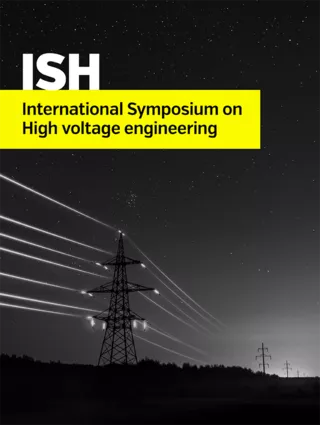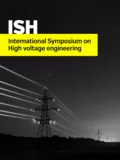Summary
This paper aims to investigate the Stator Winding Insulation Failure (SWIF) which constitutes about 37 % of the faults in induction machines. SWIF are caused by different reasons such as aging, contamination, and discharge erosion of stator winding insulation. Thermal, electrical, mechanical, and environmental stresses play a key role in degradation of stator winding insulation. In this paper, turn-to-turn, coil-to-coil, and coil-to-ground short circuit faults have been modelled in an electromagnetic transient program in order to investigate the resultant effect of faults on the physical parameters such as electromagnetic torque, magnetic flux density and flux line distribution. Ansoft Maxwell 2D is employed to evaluate the induction motor performance under healthy and faulty conditions. The effectiveness of the proposed modelling method enables one to analyze accurately even a two turn-to-turn fault. Short Time Fourier Transform (STFT) has been used in order to find the fault-related signatures in the stator current and distinguish the effect of various stator faults.
Additional informations
| Publication type | ISH Collection |
|---|---|
| Reference | ISH2015_442 |
| Publication year | |
| Publisher | ISH |
| File size | 411 KB |
| Price for non member | Free |
| Price for member | Free |
Authors
Malekpour Majid, Phung Toan, Ambikairajah Eliathamby


